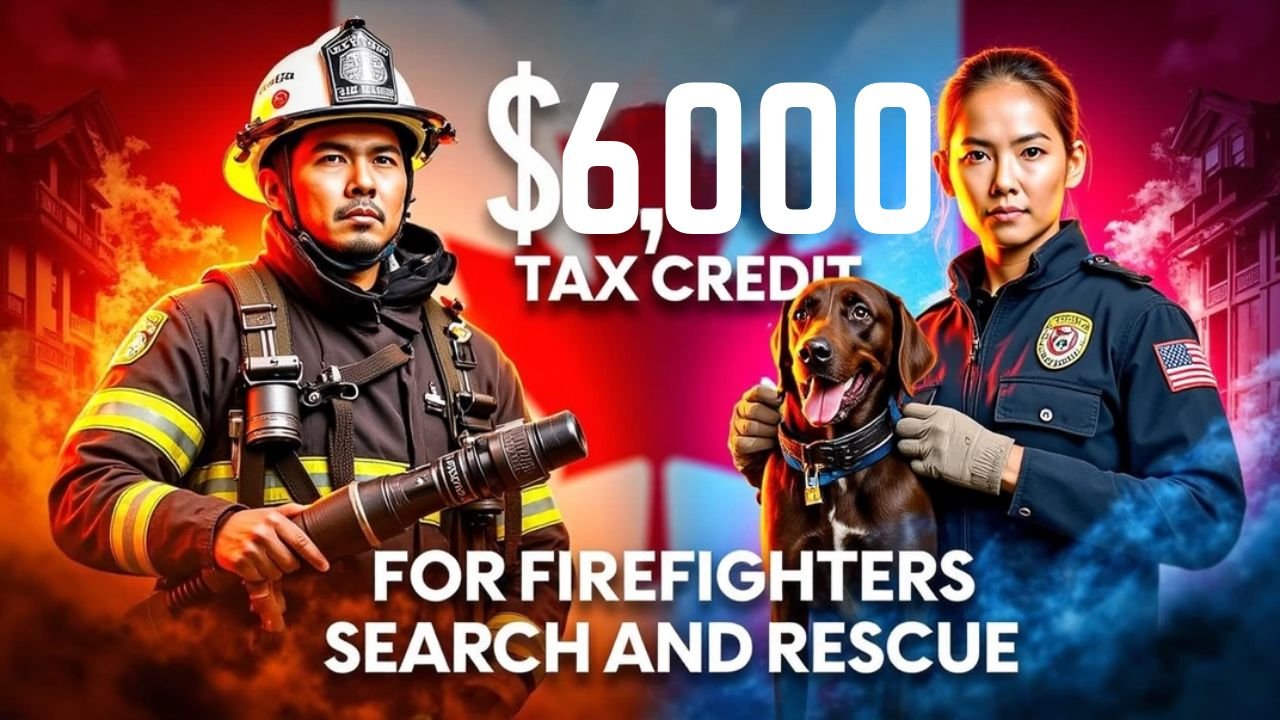The Canadian government has started tax credit for qualified firefighters and tax credit for volunteers in search and rescue. This increased surplus aims to identify the important roles of these individuals in the protection of local communities. The first was set to $ 3000, Volunteer Four Fighter Tax Credit (VFTC) and Search and Rescue Volunteer Tax Credit (SRVTC) is now $ 6000.
Why Was This Increase Necessary?
Canada has seen an increase in climate -related emergency conditions such as forest fire, floods and other natural disasters. Only in 2023, Canada did his worst forest fire season meet on records, with more than 15 million hectares of land burning, seven times the annual average. Volunteers have been important to respond to firefighters and search and rescue personnel to respond to these emergencies, and put their lives at risk of protecting others. The government’s decision to double its victims, double tax credit is part of extensive efforts to provide assistance to these volunteers.
Volunteer firefighters and search and rescue workers often receive very little or no compensation for the effort. By doubling tax credit, the Canadian government expects them to provide further financial relief. This new $ 6000 credit translates a small but meaningful recognition of their significant contribution of $ 6,000 credits annually.

Who is Eligible?
In order to obtain qualification for increased tax credit, individuals must meet the following criteria:
- Become an active voluntary fire fighter or search and rescue volunteer in Canada.
- Complete at least 200 hours qualified voluntary service.
- Provide services to a recognized fire closure or search and rescue organization.
- Maintain proper documentation of services, as organizations may need to confirm voluntary contributions.
How Much Can You Claim?
- Qualified volunteers may require a 15% non-worthy tax credit with $ 6,000 of the income.
- It translates a maximum tax reduction of $ 900 per year.
- Credit is non-worthy, which means it can reduce the tax volume, but if there is no tax, the correspondence does not lead in the correspondence.
Steps to Claim the Tax Credit

- Track Volunteer Hours: Keep your service posts to ensure choice.
- Get certification: Request a letter of confirmation from your voluntary organization.
- Enter your tax: Report the hours and claim on credit on your annual tax return.
- Consult a tax professional: If you have more questions, you can apply for guidance from a tax specialist.
Benefits of the Increased Tax Credit
- Greater financial relief: Doubling tax credit gives volunteers extra.
- Encourages volunteers: Growth acts as an incentive to join the emergency team required for more individuals.
- The community contributes: This initiative emphasizes the important work of respondents in the safety of Canadian people.
Final Thought
Increase in Canada’s tax credit for firefighters and volunteers Search and rescue is an important step to supporting those dedicating their time and emergency response. By providing financial relief, the government admits their invaluable contributions by encouraging continuous service to these necessary roles. If you are a voluntary fire fighter or voluntarily seek voluntarily, make sure you meet the optional requirements and require tax credit while submitting your next tax return.
FAQ’s
What if I don’t reach 200 hours of requirements?
Unfortunately, you will not be eligible for credit if you do not complete 200 hours voluntary service in a year.
Can I claim both volunteer firefighters and search and defend tax credit?
No
Do provincial tax credits apply?
Yes



